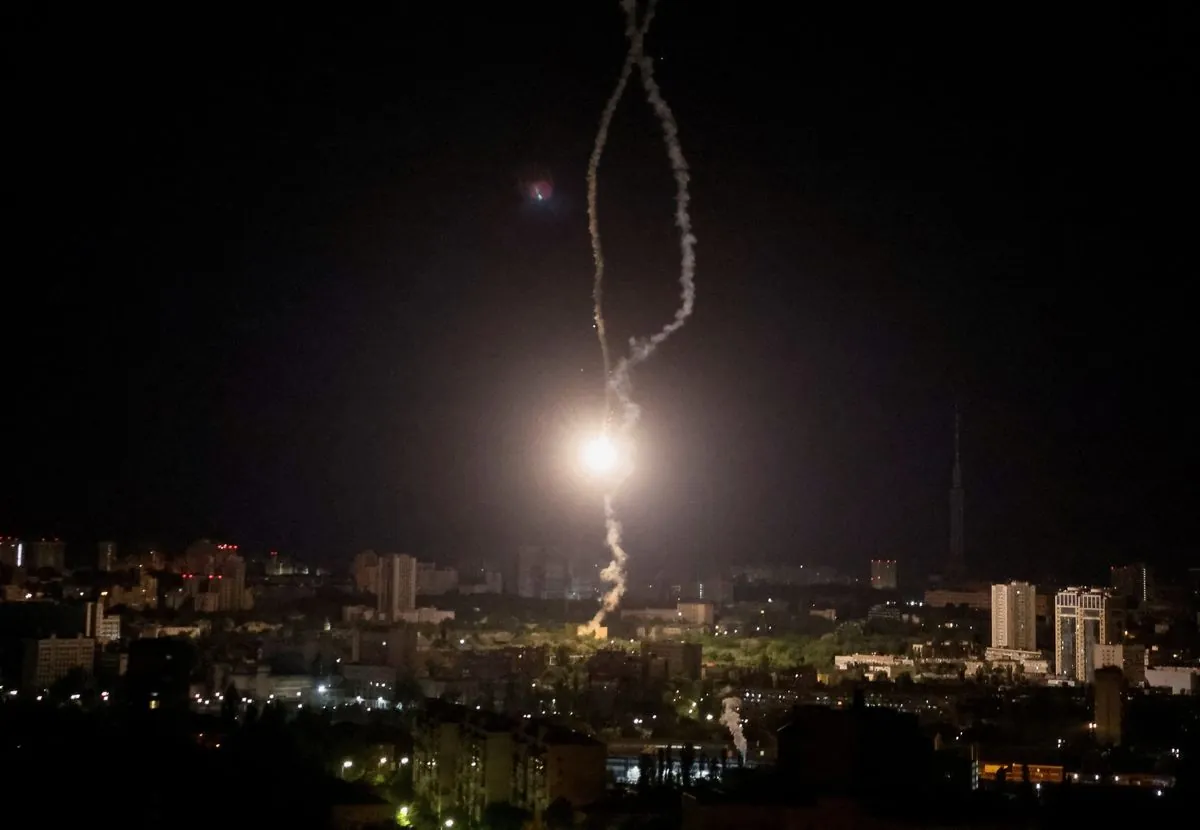In a significant defensive operation, Ukrainian forces successfully countered a large-scale Russian drone assault targeting multiple regions across the country. The attack, which occurred on August 31, 2024, involved 52 unmanned aerial vehicles (UAVs) and five missiles, demonstrating the ongoing intensity of the conflict that began over two years ago.
According to official reports, Ukrainian air defenses managed to neutralize 24 of the incoming drones. An additional 25 Shahed drones, of Iranian design, reportedly fell without reaching their targets, while three others deviated towards Russia and Belarus. This incident marks the fourth drone attack on Kyiv within a week, highlighting the capital's continued vulnerability despite robust defense measures.
The assault affected eight regions, including Poltava, Cherkasy, Kyrovohrad, Dnipropetrovsk, Chernihiv, Sumy, and Mykolayiv. These areas represent a cross-section of Ukraine, from the industrial heartland to historically significant cities. In the Cherkasy region, drone debris caused damage to several private residences, though fortunately, no major injuries were reported across the affected areas.
Throughout the night, air raid sirens sounded repeatedly, prompting civilians to seek shelter. This scenario has become all too familiar for Ukrainians since the conflict's escalation in February 2022. The use of air raid warning systems, a practice dating back to World War II, remains crucial in protecting civilian populations from aerial threats.
Ukraine's defense strategy against these attacks involves a multi-faceted approach. The country employs electronic warfare techniques, mobile hunting groups, and various air defense systems. These include surface-to-air missiles and anti-aircraft artillery, many of which have been modernized since the Ukrainian Air Force's establishment in 1992.
The effectiveness of Ukraine's air defenses in this instance is particularly noteworthy given the challenges posed by drone warfare. Drones, especially those designed for military use like the Shahed, present unique difficulties due to their size, speed, and potential for swarm tactics.
As the conflict continues, the resilience of Ukraine's defense systems and the adaptability of its military strategies remain critical factors in protecting its territory and citizens from ongoing aerial threats.
